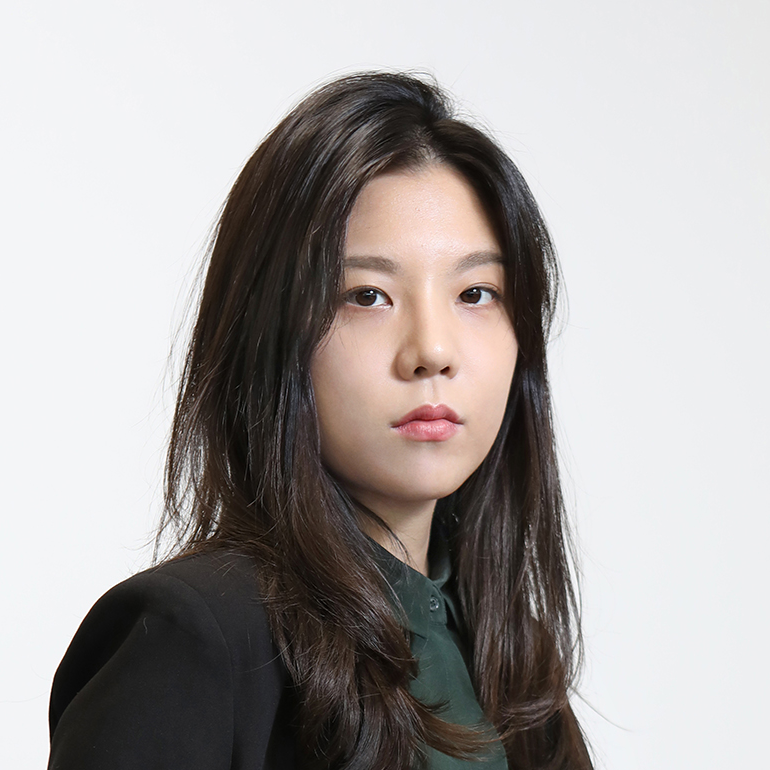Korea's SMR sector losing steam as blanket regulations pose hurdle
Published: 19 Oct. 2024, 06:00
-

- LEE JAE-LIM
- lee.jaelim@joongang.co.kr
Audio report: written by reporters, read by AI
![Visitors inspect a nuclear reactor model at the Korea Atomic Power Annual Conference 2024 held in Busan in April. [SONG BONG-GEUN]](https://koreajoongangdaily.joins.com/data/photo/2024/10/19/e266b066-95f7-4627-a750-3ac5650f9955.jpg)
Visitors inspect a nuclear reactor model at the Korea Atomic Power Annual Conference 2024 held in Busan in April. [SONG BONG-GEUN]
The rising significance of small modular reactors (SMRs) driven by the energy-devouring AI boom is prompting experts to highlight the lack of regulatory framework needed to boost the industry, despite Korean companies having the technological capacity to deploy SMRs ahead of U.S. commercialization, which is slated for 2030.
A European SMR developer that wished to remain anonymous is reconsidering its technical collaboration with Korean nuclear power plant builders and manufacturers due to a lack of domestic standards, according to the JoongAng Ilbo, an affiliate of the Korea JoongAng Daily.
The company, which is developing fourth-generation SMRs using a coolant other than water, is concerned about potential delays in the licensing process due to the absence of relevant SMR regulations in Korea — to the point that it is thinking of finding a partner in another country to avoid the risk altogether.
A spokesperson from the company told the JoongAng Ilbo that there are limitations in obtaining license and regulatory reviews for SMRs in Korea that use coolants other than water, such as helium or sodium.
Without the necessary licenses, the company won’t be able to manufacture the technology in Korea even if it’s developed, which is why it is considering other partners even with less advanced technology than Korea.
SMR is being touted as a next-generation green energy source, particularly with the rise in power consumption from the burgeoning AI industry. The technology is seen as a critical problem solver as it produces zero carbon emissions and is free from concerns about power sustainability often associated with renewable energy sources like wind and solar. Moreover, it poses a lower risk of radiation leakage compared to large nuclear reactors.
The International Atomic Energy Agency (IAEA) projects that the global SMR market will grow to 630 trillion won ($460 billion) by 2035, and industry insiders anticipate the market to expand immensely, to as large as 1 quadrillion won by 2040.
Korea, once recognized as an industry leader, has been losing ground due to the previous government’s nuclear phase-out policy.
In 2012, Korea became one of the first in the world to have an integrated type of SMR be licensed by a regulatory authority, the Nuclear Safety and Security Commission, eight years ahead of the United States.
Since then, Korea has had only two SMR licensing cases in the past 12 years, according to Rep. Choi Soo-jin of the People Power Party, citing data the lawmaker requested from the Ministry of Science and ICT.
Currently, Korea applies a single licensing standard for all nuclear reactors, which doesn’t account for the unique characteristics of SMRs.
“[Merely] instituting a single licensing standard, regardless of the type of SMR, will isolate Korea from the global market and hinder its competitiveness,” Choi said. “We need to establish a system that allows both domestic and globally developed SMR designs to obtain licenses in Korea to make the country a global hub for the SMR market.”
An anonymous industry insider commented that “with regulations in place, Korean companies could operate SMRs before the United States begins commercialization in 2030.”
Meanwhile, Big Tech companies such as Google, Amazon and Microsoft are investing heavily in SMRs, with a focus on non-light-water reactors (non-LWRs) that use helium or sodium as a coolant. Non-LWRs are more cost-effective and smaller than traditional SMRs. Out of the 83 SMR models currently under development globally, more than half are non-LWRs.
With a lack of regulations, domestic developers are scanning for order opportunities through foreign investments. Doosan Enerbility and Samsung C&T have invested a total of $104 million the U.S.-based NuScale Power since 2019. Hyundai Engineering also partnered with the Canadian government on SMR technology last year, while SK Group invested $250 million in TerraPower in 2022. Hyundai Engineering & Construction has been collaborating with U.S.-based Holtec since 2021 on joint SMR development.
BY CHOI HYUN-JOO [lee.jaelim@joongang.co.kr]










with the Korea JoongAng Daily
To write comments, please log in to one of the accounts.
Standards Board Policy (0/250자)